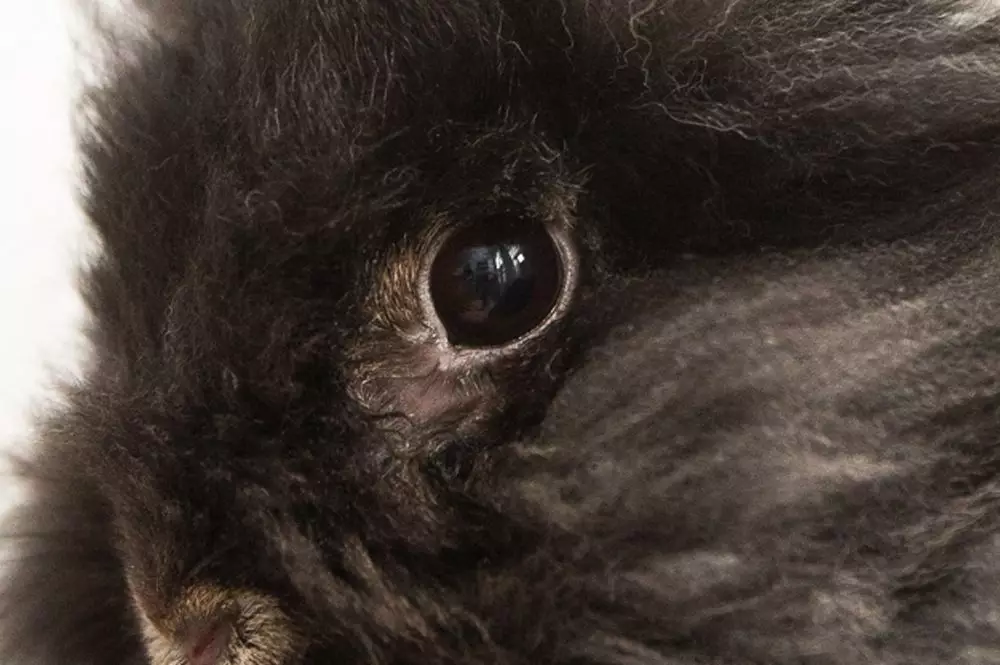Rabbit care is often thought to be straightforward, mainly revolving around diet and housing needs. However, one often neglected area is the health of their eyes—an essential yet vulnerable aspect of our fluffy companions. With their captivating, large eyes positioned on either side of their heads, rabbits are naturally designed for survival, allowing them to detect danger from a distance. But this unique anatomy also predisposes them to several eye conditions that can pose serious threats to their well-being. Understanding these conditions is critical for any rabbit owner, as timely intervention can make a world of difference.
The Anatomy of Vision: What Makes Rabbit Eyes Unique?
Rabbits are born with a remarkable visual setup. Their large eyes offer a broad field of vision, which gives them a strategic advantage against predators. They tend to be farsighted, which enables them to spot threats well in advance. However, this evolutionary design has its drawbacks. The positioning of their eyes creates significant blind spots, particularly directly in front of their noses. This means that while they can see most approaching objects, they may fail to notice items right at their whiskers. Furthermore, the sheer size of a rabbit’s eyes makes them susceptible to injury and disease. A seemingly innocent bump could be a precursor to a severe condition if left untreated.
Common Eye Issues: From Foreign Bodies to Ulcers
One of the most frequently encountered eye problems in rabbits is the presence of foreign objects. With their curious nature, rabbits often explore their environment energetically, leading to incidents where particles—such as bedding, food, or even dust—enter their large eyes. These foreign bodies can cause injuries ranging from mild irritation to severe conditions like corneal ulcers. The cornea is the eye’s outermost layer, and damage to it can result in excruciating pain for the animal. Symptoms such as constant eye rubbing or squinting should prompt immediate veterinary attention.
Conjunctivitis, commonly known as “pink eye,” is another potential issue rabbits face. This condition manifests as inflammation of the conjunctiva, the fleshy area surrounding the eye. Factors such as unsanitary living conditions can promote bacterial growth, leading to this uncomfortable affliction. While conjunctivitis is relatively rare, it can escalate rapidly, thereby necessitating thorough cleaning of both the living environment and the eye.
Additionally, more severe injuries can occur due to trauma. Proptosis—a condition where the eyeball protrudes due to immense pressure—demands immediate veterinary intervention, as it can result from accidents or aggressive handling. Less drastic but still alarming, an iris prolapse occurs when the iris escapes its protective housing, exposing it to potential damage and extreme discomfort.
The Importance of Prompt Veterinary Care
Timeliness is of the essence when addressing eye issues in rabbits. While some problems can be resolved with simple home remedies, others require immediate professional intervention. In the case of foreign bodies, employing a cotton swab or saline rinse may allow owners to safely remove the irritant. However, if unsuccessful, or if the rabbit’s eye appears red and inflamed, a trip to a veterinarian is necessary. Qualified professionals can take additional steps, including sedation if the rabbit is too distressed to cooperate, thereby ensuring both safety and efficiency in treatment.
In situations involving abscesses, an unchecked situation can lead to increasingly severe consequences. Visibly swollen areas around the eye often signify infection and must be drained and cleaned by a veterinarian. Treatment plans typically consist of antibiotics to combat the infection, which must be administered with care, as not all antibiotics are safe for rabbits.
Prevention: Creating a Safe Environment for Your Rabbit
Ensuring the health of your rabbit’s eyes hinges upon prevention. A clean habitat is paramount. This includes regular cleaning of the cage, litter box, and water supply to deter bacterial growth that could lead to eye infections. During playtime, rabbit owners should be vigilant to avoid using toys or items that could accidentally poke or scratch the eyes. Awareness of your bunny’s usual behavior is vital too; any signs of eye irritation, like excessive rubbing or squinting, should never be overlooked.
Although rabbits can adapt to many deficiencies, having healthy eyes is non-negotiable for their quality of life. Thus, any alteration in their behavior or appearance should be reported to a veterinarian without delay. By taking preventive measures and acting swiftly at the first sign of trouble, owners can help ensure their bunnies maintain both dazzling looks and optimal health—essential elements for a happy pet.

